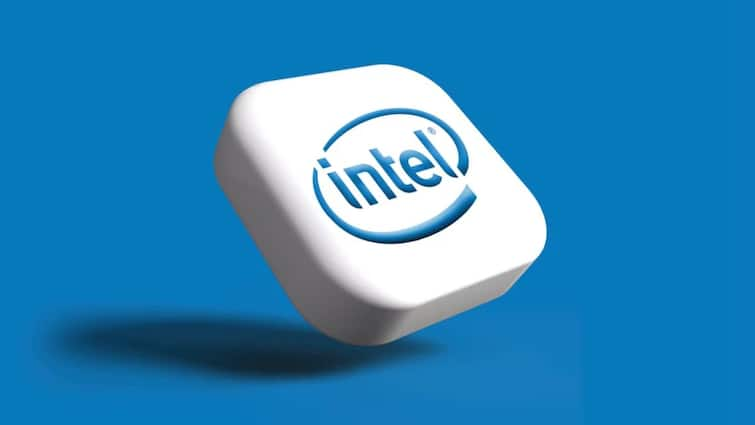Intel has announced that its upcoming AI data centre GPU, code-named Crescent Island, will start customer sampling in the second half of 2026. This marks Intel’s renewed effort to enter the AI chip market, where it has struggled to compete with giants like Nvidia and AMD. The company’s earlier Gaudi chips couldn’t gain enough traction, but Intel now aims to make a comeback with a stronger focus on AI workloads and a plan to release new AI data chips every year.
Intel’s New AI Chip Roadmap: Catching Up With Nvidia & AMD
Intel’s journey in the AI chip world hasn’t been easy. While Nvidia and AMD lead the race with powerful GPUs, Intel is still working to prove itself as a serious contender.
Since OpenAI launched ChatGPT in late 2022, the demand for AI chips has skyrocketed. Companies big and small are buying GPUs to run large-scale AI systems, leading to shortages and high prices.
Intel’s Chief Technology Officer, Sachin Katti, said that the company’s focus will now be on inference, the stage of AI computing where systems generate answers instead of learning from data.
This means Intel wants its chips to be better suited for real-world applications like AI chatbots, automation tools, and cloud-based services, as reported by Reuters.
The company also plans to follow an annual release cycle for AI data chips to stay more consistent and competitive. It believes that an open, modular chip system, where users can mix products from different brands, will make AI systems more efficient and scalable.
Nvidia Invests $5 Billion in Intel’s AI Future
In a surprising twist, Nvidia has invested $5 billion in Intel, taking about a 4% ownership stake. This deal makes Nvidia one of Intel’s biggest shareholders.
Both companies are planning to work together to design next-generation PC and data centre chips.
Intel hopes that this collaboration, along with the launch of Crescent Island in 2026, will finally strengthen its position in the global AI chip market.



